| Rank | Pepper Name | Scoville Heat Units (SHU) | Description | Common Uses |
|---|---|---|---|---|
| 1 | Bell Pepper | 0 SHU | Sweet, crunchy, no heat | Salads, sandwiches, stir-fries |
| 2 | Anaheim Pepper | 500-2,500 SHU | Long, green pepper with smoky flavor | Southwestern dishes, roasting |
| 3 | Poblano Pepper | 1,000-2,000 SHU | Large, dark green pepper with mild heat | Mexican cuisine, roasting, stuffing |
| 4 | Jalapeño Pepper | 2,500-8,000 SHU | Popular pepper with variable heat | Salsas, tacos, guacamole |
| 5 | Serrano Pepper | 10,000-25,000 SHU | Smaller and hotter than jalapeño | Salsas, sauces, pickling |
| 6 | Cayenne Pepper | 30,000-50,000 SHU | Thin, elongated pepper, often powdered | Soups, stews, sauces |
| 7 | Thai Bird’s Eye Pepper | 50,000-100,000 SHU | Small, fiery pepper used in Southeast Asian cuisine | Curries, stir-fries, hot sauces |
| 8 | Habanero Pepper | 100,000-350,000 SHU | Fruity aroma with intense heat | Caribbean dishes, hot sauces |
| 9 | Ghost Pepper (Bhut Jolokia) | 855,000-1,041,427 SHU | Smoky flavor with extreme heat | Indian cuisine, hot sauce challenges |
| 10 | Trinidad Scorpion Pepper | 1,200,000-2,000,000 SHU | Unique shape with citrusy flavor | Hot sauce, extreme challenges |
| 11 | Carolina Reaper | 1,400,000-2,200,000 SHU | World’s hottest pepper (Guinness World Record) | Extreme challenges, specialty hot sauces |
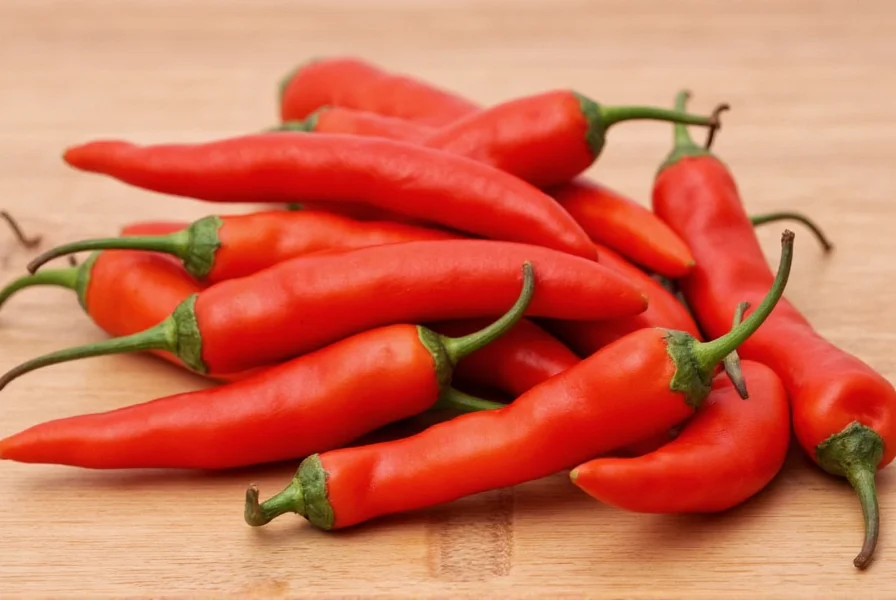
The Scoville Heat Unit (SHU) scale measures capsaicin concentration in chili peppers, developed by pharmacist Wilbur Scoville in 1912. While not perfectly precise, it remains the global standard for comparing pepper heat levels. Note that heat can vary based on growing conditions, ripeness, and individual pepper genetics.
Frequently Asked Questions
What is the mildest chili pepper commonly available?
The bell pepper is the mildest chili pepper with 0 Scoville Heat Units (SHU). Among peppers that actually have heat, the poblano is one of the mildest at 1,000-2,000 SHU. These are excellent choices for beginners who want to add flavor without significant heat.
What is currently the world’s hottest chili pepper?
As of 2025, the Carolina Reaper holds the Guinness World Record for the world’s hottest chili pepper, measuring between 1.4 to 2.2 million Scoville Heat Units. Developed by Ed Currie of the PuckerButt Pepper Company, it’s a cross between a Pakistani Naga and a Bhut Jolokia (Ghost Pepper).
How can I reduce the burning sensation after eating a very hot pepper?
Capsaicin, the compound that makes peppers hot, is oil-soluble but not water-soluble. Drinking milk (especially whole milk), eating yogurt, or consuming other dairy products is most effective because casein helps break down capsaicin. Sugar, honey, or starchy foods like bread can also help absorb the oil. Avoid drinking water as it can spread the capsaicin around your mouth.
Can eating extremely hot peppers be dangerous?
While extremely rare, consuming extremely hot peppers can cause health issues for some people. Potential risks include severe stomach pain, nausea, vomiting, and in very rare cases, more serious complications like esophageal perforation from violent vomiting. People with certain medical conditions (like gastrointestinal disorders) should be cautious. The capsaicin in hot peppers is generally considered safe in culinary amounts, but extreme caution is advised with peppers over 500,000 SHU.
How should I handle very hot peppers safely?
When handling extremely hot peppers, wear disposable gloves to prevent capsaicin from getting on your skin. Avoid touching your face, especially eyes, while working with hot peppers. Use a dedicated cutting board that won’t be used for other foods immediately afterward. Wash all surfaces and utensils thoroughly with soapy water after use. If you do get capsaicin on your skin, wash with oil first (like vegetable oil) then soap and water.
Why do chili peppers make your mouth feel hot?
Chili peppers contain capsaicin, which binds to TRPV1 receptors in your mouth and throat. These receptors normally respond to actual heat (around 42°C/107°F), so when capsaicin activates them, your brain interprets this as a burning sensation—even though no actual temperature change is occurring. This is why drinking water doesn’t help; you’re not actually being burned by heat.
Does the heat level of a chili pepper change as it ripens?
Yes, generally chili peppers become hotter as they ripen and change color from green to red, orange, or yellow. For example, a green jalapeño typically measures around 2,500-8,000 SHU, while a fully ripened red jalapeño can reach up to 10,000 SHU. The ripening process allows more capsaicin to develop. However, some peppers like habaneros develop complex fruitier flavors as they ripen while maintaining similar heat levels.
How can I build tolerance to spicy foods?
Building spice tolerance is a gradual process. Start with milder peppers and gradually work your way up. Consistency is key—regular exposure helps your pain receptors become less sensitive to capsaicin over time. Pair spicy foods with dairy products initially to reduce the burning sensation while your tolerance builds. Remember that tolerance varies by person, and some people naturally have more pain receptors in their mouths than others.
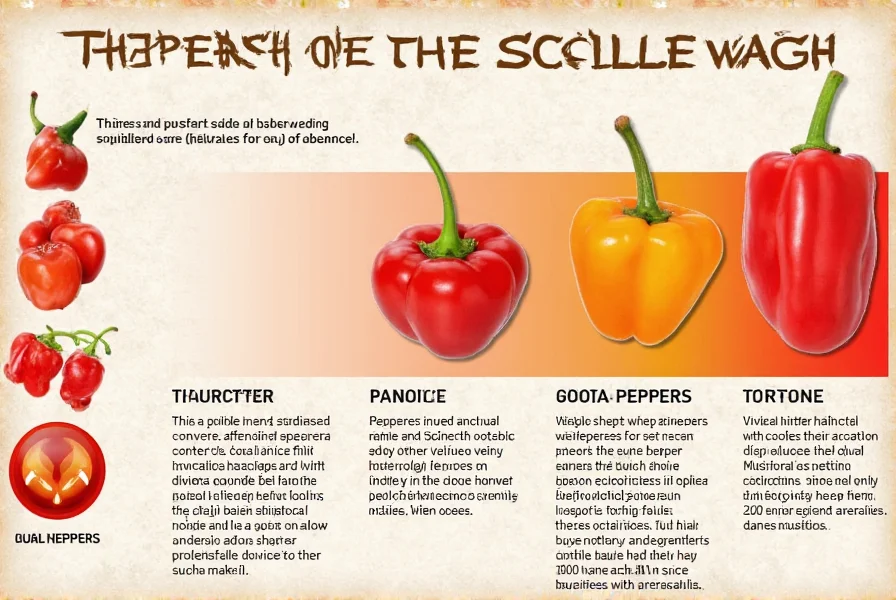
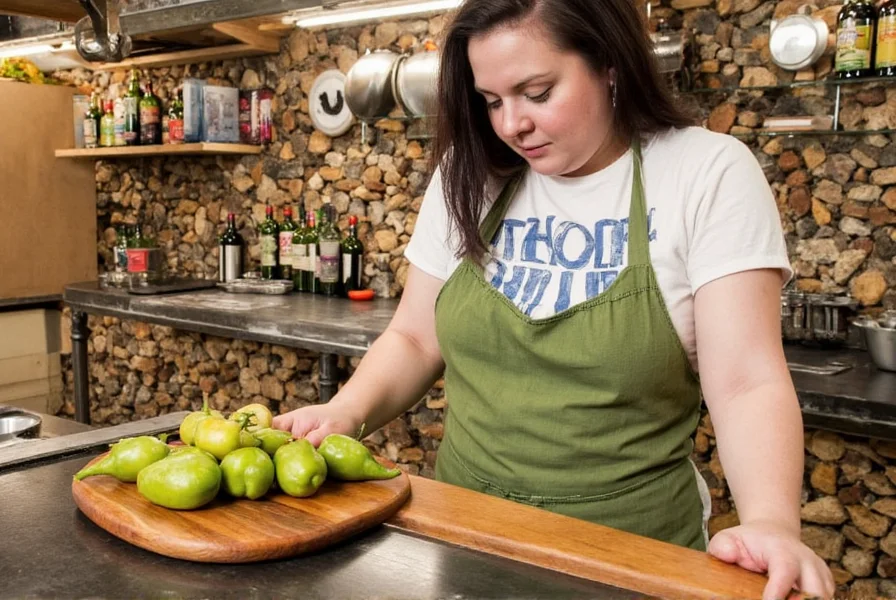
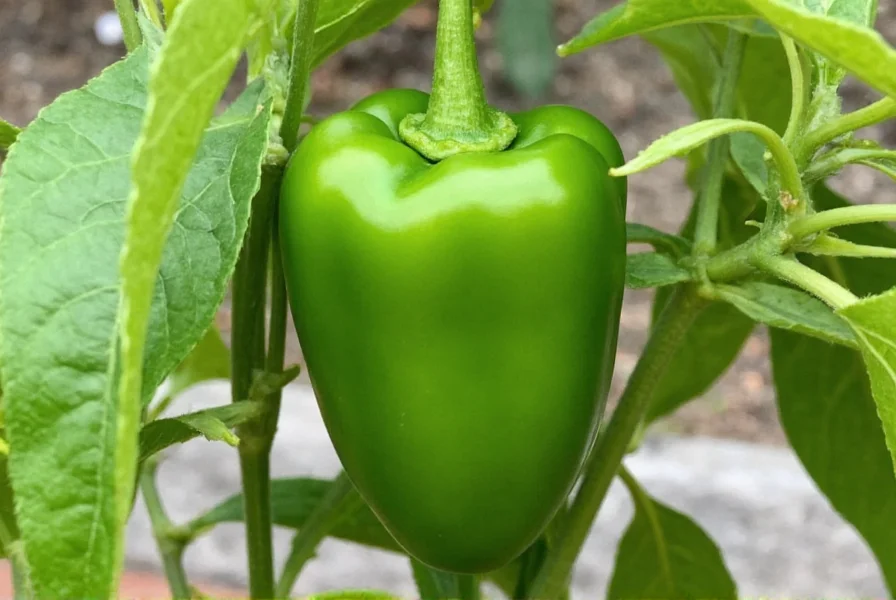
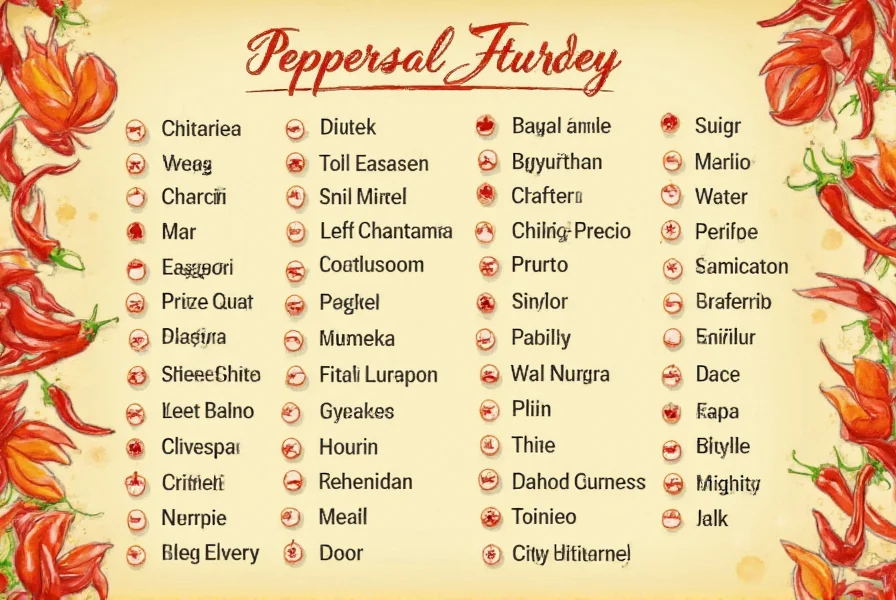
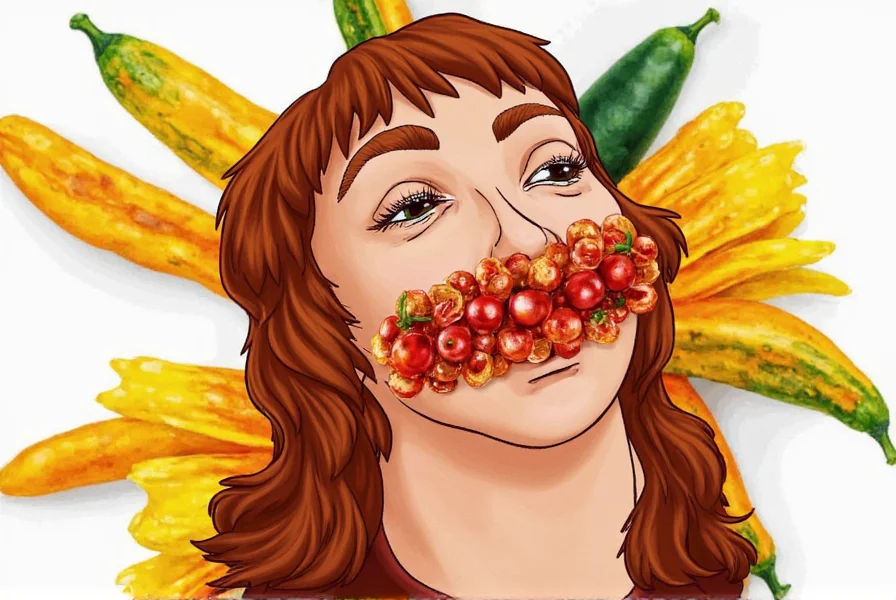
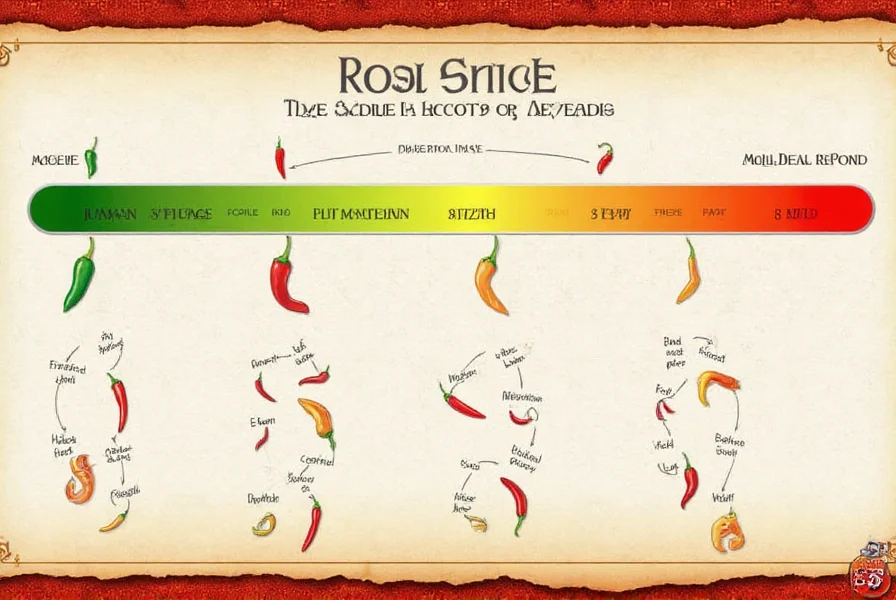
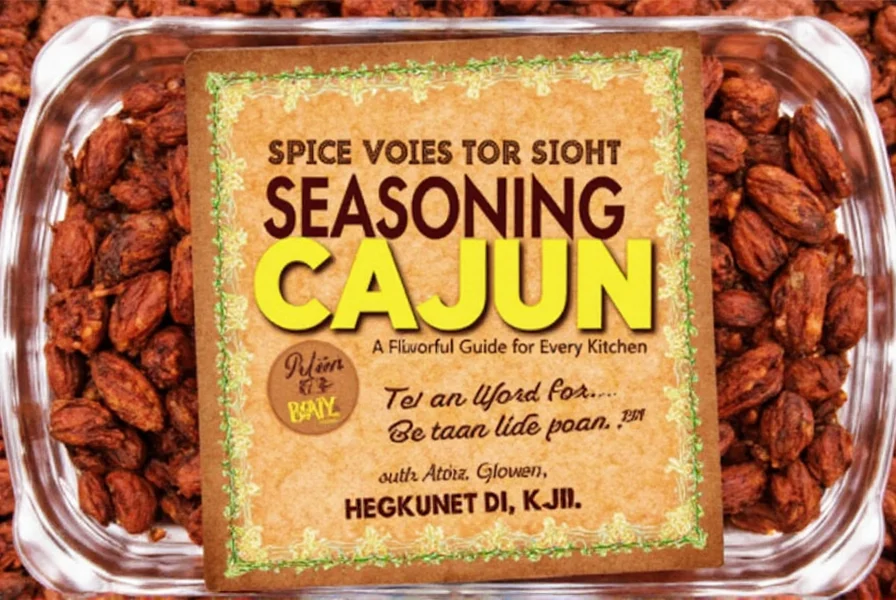
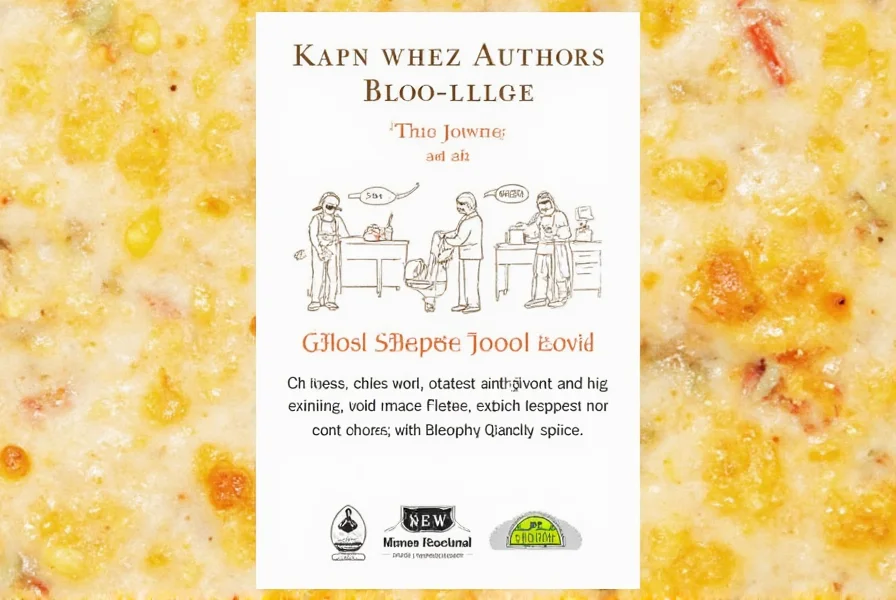
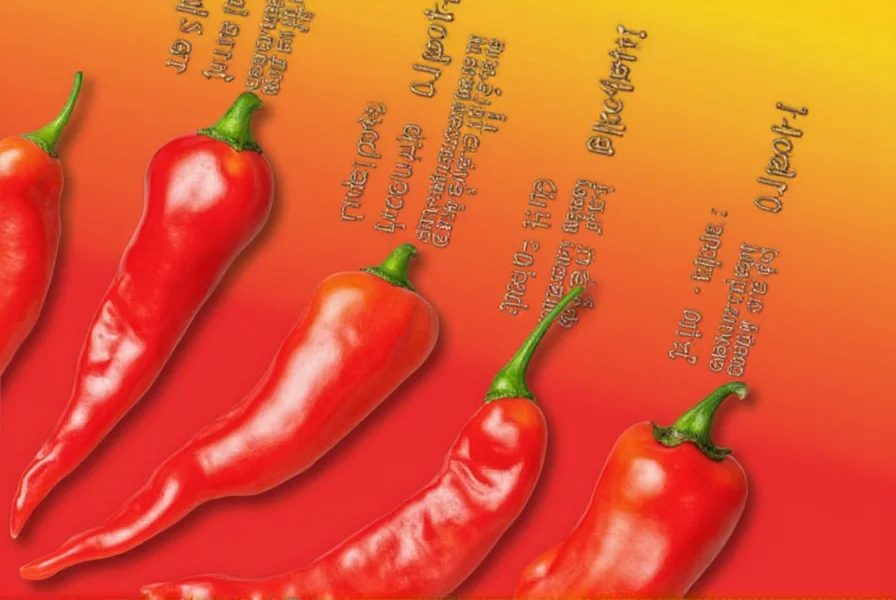
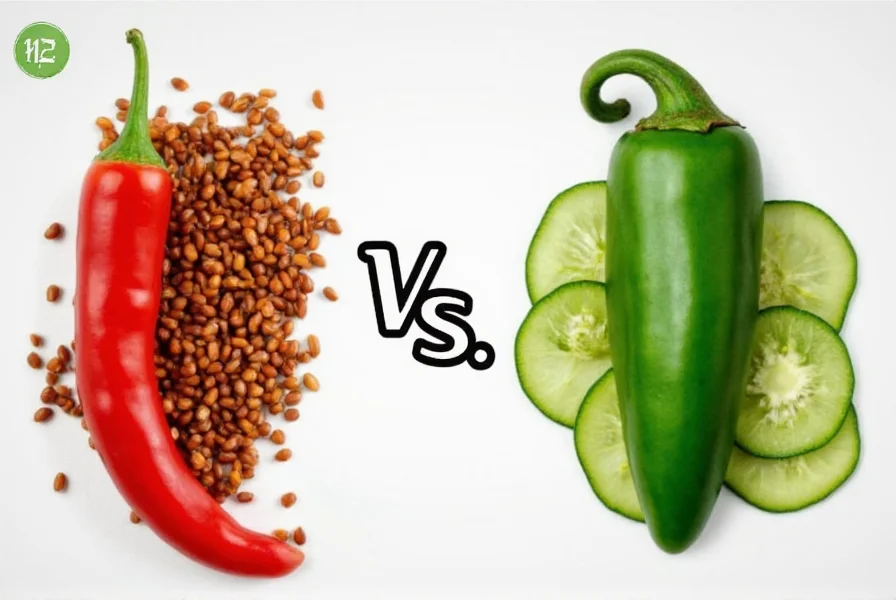
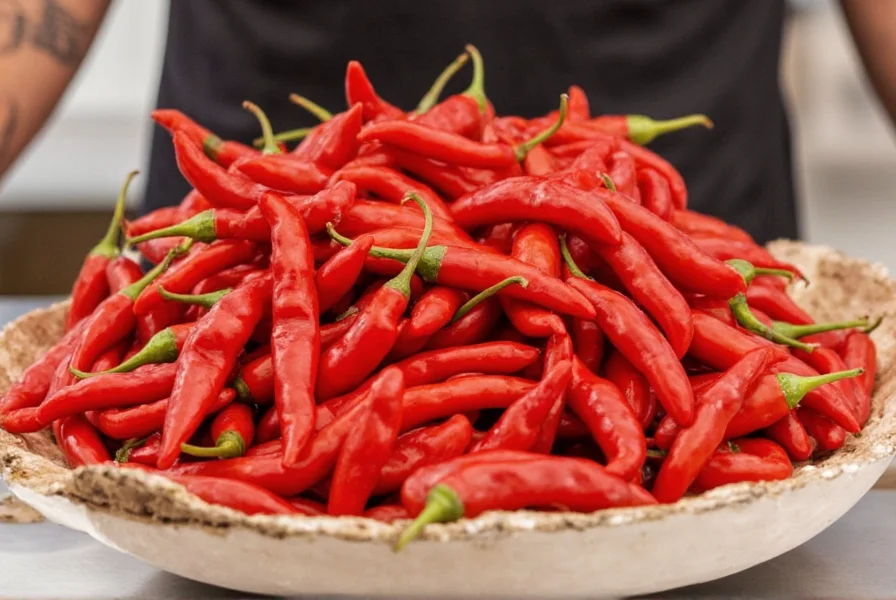

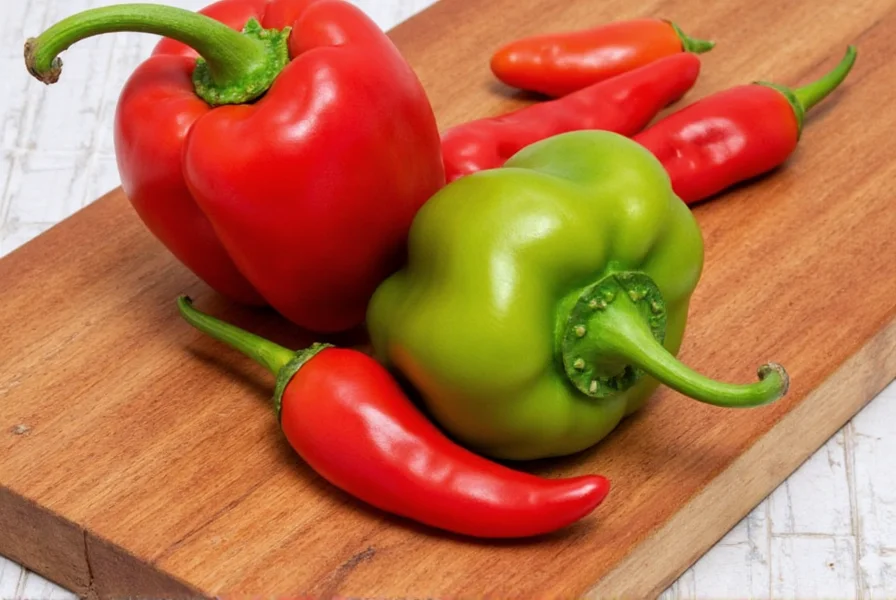









 浙公网安备
33010002000092号
浙公网安备
33010002000092号 浙B2-20120091-4
浙B2-20120091-4